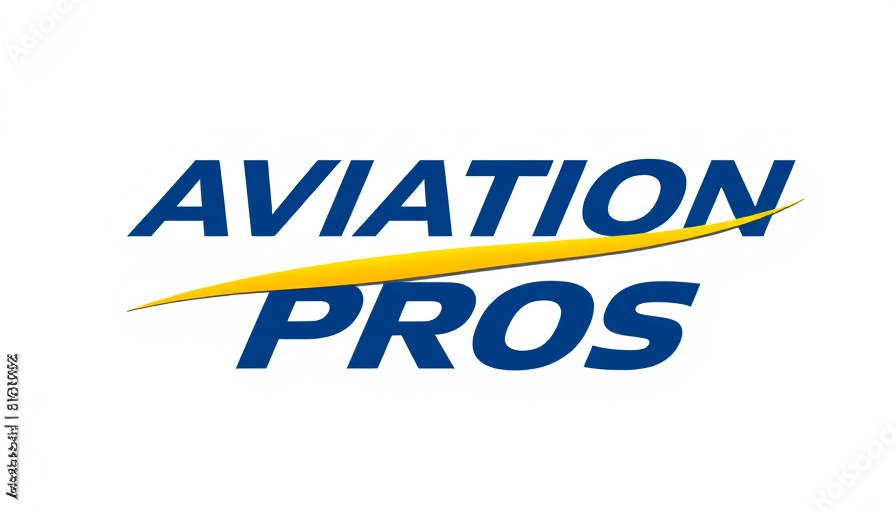
Rocket Debris Disrupts the Skies
Recent SpaceX Starship explosions have dramatically affected air traffic, causing nearly 500 flight delays and diversions across Florida and the Caribbean. The Federal Aviation Administration (FAA) reported that the incidents led to 414 departure delays and 80 diversions, incurring millions in costs for airlines and operators. As air traffic controllers worked to keep flights away from potential danger zones, the financial implications were felt keenly within the logistics industry and among business travelers relying on timely air transportation.
Understanding the Costs of Space Exploration
With every thrilling launch comes significant risk—not only to the space mission itself but also to air travel. The FAA noted that the costs for airlines spiraled into millions, with estimates suggesting that just the flight delays in January alone could have cost airlines over $958,000. Understanding these financial impacts is crucial for logistics managers who must navigate an increasingly complex airspace disrupted by space operations.
The Bigger Picture: Space Debris Threats
The frequency of SpaceX launches is growing, with forecasts indicating that such disruptions may become more common. A January study cited a disturbing 75% chance of uncontrolled space debris re-entering busy airspaces each year, highlighting potential risks for all flights operating within these air corridors. For aviation stakeholders, this evolving landscape calls for adaptive strategies and innovative solutions to mitigate risks associated with space activities.
Navigating New Challenges in Aviation Logistics
What does this mean for airlines and logistics managers? As the aerospace industry evolves, so too must the strategies employed to ensure safe and efficient operations. With an increasing number of rocket launches and the accompanying risk of collision with debris, heightened awareness and real-time data sharing between space agencies and aviation authorities could play crucial roles in maintaining safe skies. Additionally, the development of better tracking systems for both space and air traffic can help prevent potential disasters.
Conclusions and Next Steps in Aviation Safety
For business travelers and logistics managers alike, the reality of fragmented air travel amid space exploration serves as a stark reminder of the need for strategic planning in the aviation sector. As the aerospace industry progresses and the interactions between commercial space flight and traditional aviation become more frequent, staying informed and prepared is essential.
With these challenges come opportunities for innovation and improved protocols, paving the way for a future where air travel safety and space exploration can coexist harmoniously.
Let's advocate for better communication and procedural implementations for the airlines we rely on, ensuring safer skies for all.
 Add Row
Add Row  Add
Add 




Write A Comment